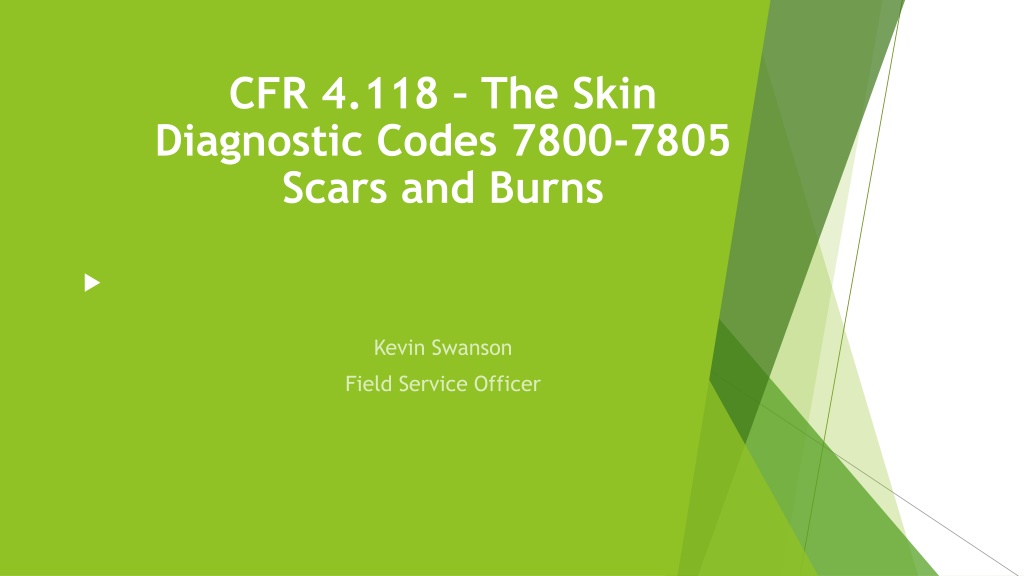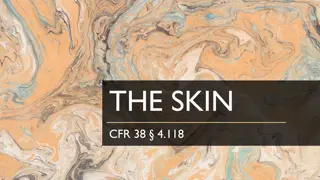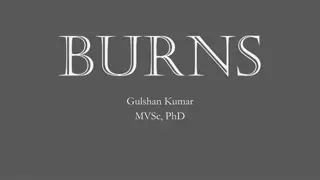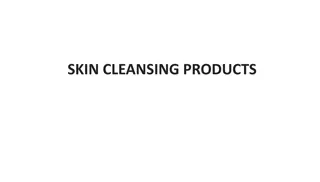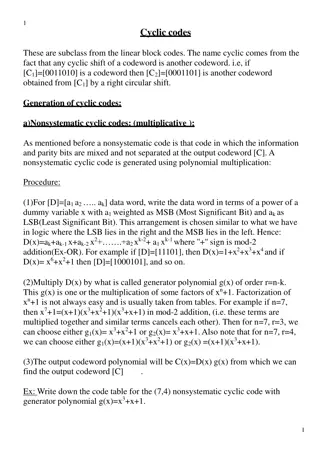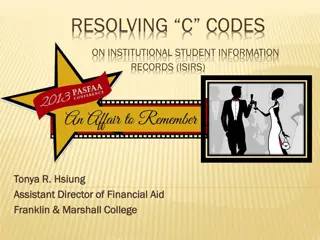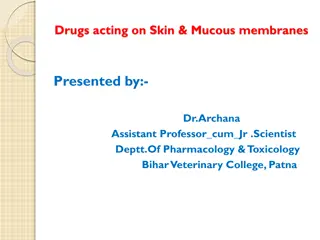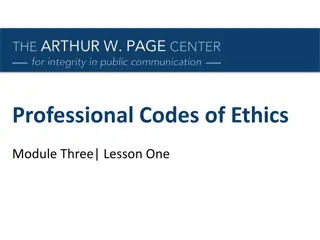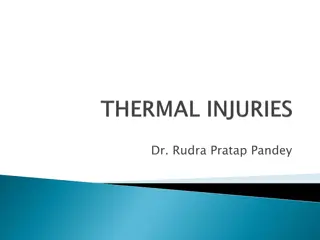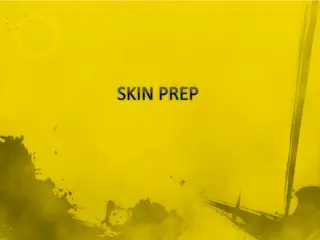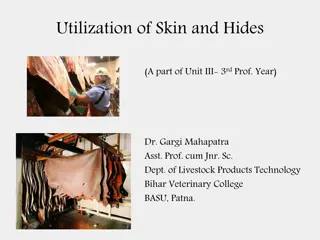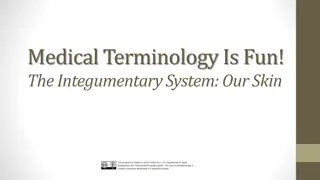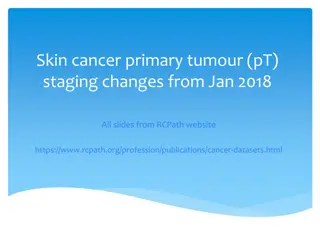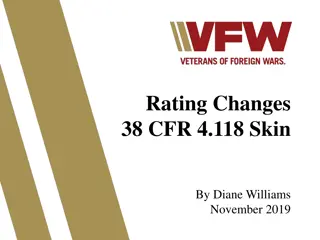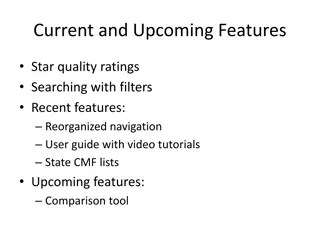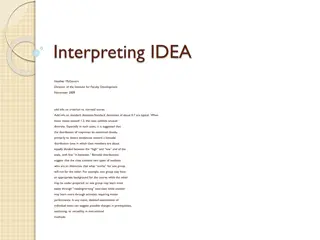Skin Burn Scars: Diagnostic Codes and Ratings
Explore the diagnostic codes (7800-7805) and ratings for burn scars of the head, face, and neck according to the Skin 38 CFR 4.118 schedule. Understand the criteria for different rating percentages based on visible or palpable tissue loss, distortion, asymmetry, and characteristics of disfigurement.
Download Presentation

Please find below an Image/Link to download the presentation.
The content on the website is provided AS IS for your information and personal use only. It may not be sold, licensed, or shared on other websites without obtaining consent from the author. Download presentation by click this link. If you encounter any issues during the download, it is possible that the publisher has removed the file from their server.
E N D
Presentation Transcript
CFR 4.118 The Skin Diagnostic Codes 7800-7805 Scars and Burns
The Skin 38 CFR 4.118 - Schedule of Ratings Skin. (a) For the purposes of this section, systemic therapy is treatment that is administered through any route (orally, injection, suppository, intranasally) other than the skin, and topical therapy is treatment that is administered through the skin.
The Skin 38 CFR 4.118 - Schedule of Ratings Skin. (b) Two or more skin conditions may be combined in accordance with 4.25 only if separate areas of skin are involved. If two or more skin conditions involve the same area of skin, then only the highest evaluation shall be used. (This eliminates pyramiding)
Burn Scars of head, face, neck 7800 Burn scar(s) of the head, face, or neck; scar(s) of the head, face, or neck due to other causes; or other disfigurement of the head, face, or neck.
Burn Scars of head, face, neck Rating 80% With visible or palpable tissue loss and either gross distortion or asymmetry of three or more features or paired sets of features (nose, chin, forehead, eyes (including eyelids), ears (auricles), cheeks, lips), or; with six or more characteristics of disfigurement
Burn Scars of head, face, neck Rating 50% With visible or palpable tissue loss and either gross distortion or asymmetry of two features or paired sets of features (nose, chin, forehead, eyes (including eyelids), ears (auricles), cheeks, lips), or; with four or five characteristics of disfigurement
Burn Scars of head, face, neck Rating 30% With visible or palpable tissue loss and either gross distortion or asymmetry of one feature or paired set of features (nose, chin, forehead, eyes (including eyelids), ears (auricles), cheeks, lips), or; with two or three characteristics of disfigurement
Burn Scars of head, face, neck Rating 10% With one characteristic of disfigurement
Scars Rating Code Sheet Example 7800-7804 SHRAPNEL WOUND INJURY OF THE RIGHT CHEEK/RIGHT SIDE OF FACE (CLAIMED AS SCARS ON HEAD) Service Connected, Vietnam Era, Incurred Static Disability 10% from 04/22/2009
Scars Rating Narrative Example 1 REASONS FOR DECISION Service connection for shrapnel wound injury of the right cheek/right side of face (claimed as scars on head). Service connection for shrapnel wounds of right cheek and right upper scalp (claimed as scars on head) is granted. Review of the Service Treatment Records (STRs) do not show any treatment or a diagnosis of scar of the head at entry in the service. STRs dated May and June 1966 notes treatment for shrapnel wound injury of the right cheek/right side of face. Your DD Form 214, shows award of the Purple Heart. VA treatment report dated May 5, 2009 shows you wanted to have a scar on the right side of the head checked due to shrapnel in Vietnam and you complained nerves in the ears have been very sensitive since that time. No assessment was made. At VA exam you stated you were wounded by shrapnel on the right cheek and right upper scalp. You stated you had stitches which were removed a week later and you returned to duty without restrictions. You report no symptoms to the cheek injury. You stated the scalp wound has been tender since. On exam of the right cheek there was a 1.5 cm x 1mm that is slightly hypopigmented, well healed, stable without adhesions. There was no tenderness, no inflexibility or induration, Texture was normal. You have a small 1cm x 1mm scar on the right upper scalp that is slightly hypopigmented. There was slight tenderness to touch over the scar itself. It is well healed and stable. There was no induration or skin breakdown. The VA examiner diagnosed shrapnel wounds right cheek and right upper scalp. STRs show treatment for shrapnel wounds, service connection for shrapnel wound injury of the right cheek/right side of face (claimed as scars on head) has been established as directly related to military service.
Scars Rating Narrative Example 1 You do not meet the criteria for scar disfigurement as follows: scar 5 or more inches (13 or more cm.) in length; scar at least one-quarter inch (0.6 cm.) wide at widest part; surface contour of scar elevated or depressed on palpation; scar adherent to underlying tissue; skin hypo-or hyper-pigmented in an area exceeding six square inches (39 sq. cm.); skin texture abnormal (irregular, atrophic, shiny, scaly, etc.) in an area exceeding six square inches (39 sq. cm.); underlying soft tissue missing in an area exceeding six square inches (39 sq. cm.); skin indurated and inflexible in an area exceeding six square inches (39 sq. cm.).
Scars Rating Narrative Example 1 We evaluated the condition under painful scars. The evidence notes tenderness on touch, an evaluation of 10 percent is assigned from April 22, 2009, the date of receipt of claim. An evaluation of 10 percent is granted for a superficial scar that is painful on examination. A higher evaluation of 20 percent is not warrant unless three or four scars are unstable or painful. Since these symptoms and findings are not present, a higher evaluation is not warranted.
Scars Rating - The 8 characteristics of disfigurement Note (1): The 8 characteristics of disfigurement, for purposes of evaluation under 4.118, are: Scar 5 or more inches (13 or more cm.) in length. Scar at least one-quarter inch (0.6 cm.) wide at widest part. Surface contour of scar elevated or depressed on palpation. Scar adherent to underlying tissue. Skin hypo-or hyper-pigmented in an area exceeding six square inches (39 sq. cm.). Skin texture abnormal (irregular, atrophic, shiny, scaly, etc.) in an area exceeding six square inches (39 sq. cm.). Underlying soft tissue missing in an area exceeding six square inches (39 sq. cm.). Skin indurated and inflexible in an area exceeding six square inches (39 sq. cm.).
Scars Rating- notes continued: Note (2): Rate tissue loss of the auricle under DC 6207 (loss of auricle) and anatomical loss of the eye under DC 6061 (anatomical loss of both eyes) or of one eye), as appropriate. Note (3): Take into consideration unretouched color photographs when evaluating under these criteria. Note (4): Separately evaluate disabling effects other than disfigurement that are associated with individual scar(s) of the head, face, or neck, such as pain, instability, and residuals of associated muscle or nerve injury, under the appropriate diagnostic code(s) and apply 4.25 to combine the evaluation(s) with the evaluation assigned under this diagnostic code. Note (5): The characteristic(s) of disfigurement may be caused by one scar or by multiple scars; the characteristic(s) required to assign a particular evaluation need not be caused by a single scar in order to assign that evaluation. DC 6063 (anatomical loss
Burn Scars not of head, face, or neck 7801 Burn scar(s) or scar(s) due to other causes, not of the head, face, or neck, that are associated with underlying soft tissue damage:
Burn Scars not of head, face, or neck Rating 40% Area or areas of 144 square inches (929 sq. cm.) or greater
Burn Scars not of head, face, or neck Rating 30% Area or areas of at least 72 square inches (465 sq. cm.) but less than 144 square inches (929 sq. cm.)
Burn Scars not of head, face, or neck Rating 20% Area or areas of at least 12 square inches (77 sq. cm.) but less than 72 square inches (465 sq. cm.)
Burn Scars not of head, face, or neck Rating 10% Area or areas of at least 6 square inches (39 sq. cm.) but less than 12 square inches (77 sq. cm.)
Scars Rating Code Sheet Example 7801-5206 LEFT ELBOW, STATUS POST SHRAPNEL INJURY WITH RESIDUAL SCAR [Predischarge Exam] Service Connected, Gulf War, Incurred 10% from 06/29/2009
Scars Rating Narrative Example REASONS FOR DECISION Service connection for left arm, ulnar nerve neuropathy as secondary to the service-connected disability of left elbow, status post shrapnel injury with residual scar. Service connection for left arm, ulnar nerve neuropathy has been established as related to the service-connected disability of left elbow, status post shrapnel injury with residual scar. An evaluation of 10 percent is assigned from June 29, 2009. A 10 percent evaluation is assigned.
Scars Rating Note (1): For the purposes of DCs 7801 and 7802, the six (6) zones of the body are defined as each extremity, anterior trunk, and posterior trunk. The midaxillary line divides the anterior trunk from the posterior trunk. Note (2): A separate evaluation may be assigned for each affected zone of the body under this diagnostic code if there are multiple scars, or a single scar, affecting multiple zones of the body. Combine the separate evaluations under 4.25. Alternatively, if a higher evaluation would result from adding the areas affected from multiple zones of the body, a single evaluation may also be assigned under this diagnostic code.
Burn Scars not of head, face, or neck 7802 Burn scar(s) or scar(s) due to other causes, not of the head, face, or neck, that are not associated with underlying soft tissue damage: 10% or 0% Area or areas of 144 square inches (929 sq. cm.) or greater is 10%
Scars Rating 6 zones of the body Note (1): For the purposes of DCs 7801 and 7802, the six (6) zones of the body are defined as each extremity, anterior trunk, and posterior trunk. The midaxillary line divides the anterior trunk from the posterior trunk.
Scars Rating Note (2): A separate evaluation may be assigned for each affected zone of the body under this diagnostic code if there are multiple scars, or a single scar, affecting multiple zones of the body. Combine the separate evaluations under 4.25. Alternatively, if a higher evaluation would result from adding the areas affected from multiple zones of the body, a single evaluation may also be assigned under this diagnostic code.
Scars Rating Unstable or painful 7804 Scar(s), unstable or painful: Five or more scars that are unstable or painful 30% Three or four scars that are unstable or painful 20% One or two scars that are unstable or painful 10%
Scars Rating Unstable or painful Note (1): An unstable scar is one where, for any reason, there is frequent loss of covering of skin over the scar. Note (2): If one or more scars are both unstable and painful, add 10 percent to the evaluation that is based on the total number of unstable or painful scars. Note (3): Scars evaluated under diagnostic codes 7800, 7801, 7802, or 7805 may also receive an evaluation under this diagnostic code, when applicable.
Scars Rating Catch-all 7805 Scars, other; and other effects of scars evaluated under diagnostic codes 7800, 7801, 7802, or 7804: Evaluate any disabling effect(s) not considered in a rating provided under diagnostic codes 7800-04 under an appropriate diagnostic code
References M21-1MR 3 - General Claims Process Chapter 4- Rating Specific Disabilities Subpart IV - General Rating Process3.iv.4.L Skin Conditions www.benefits.va.gov/warms/docs/regs/38CFR/BOOKC/PART4/S4_118.doc
